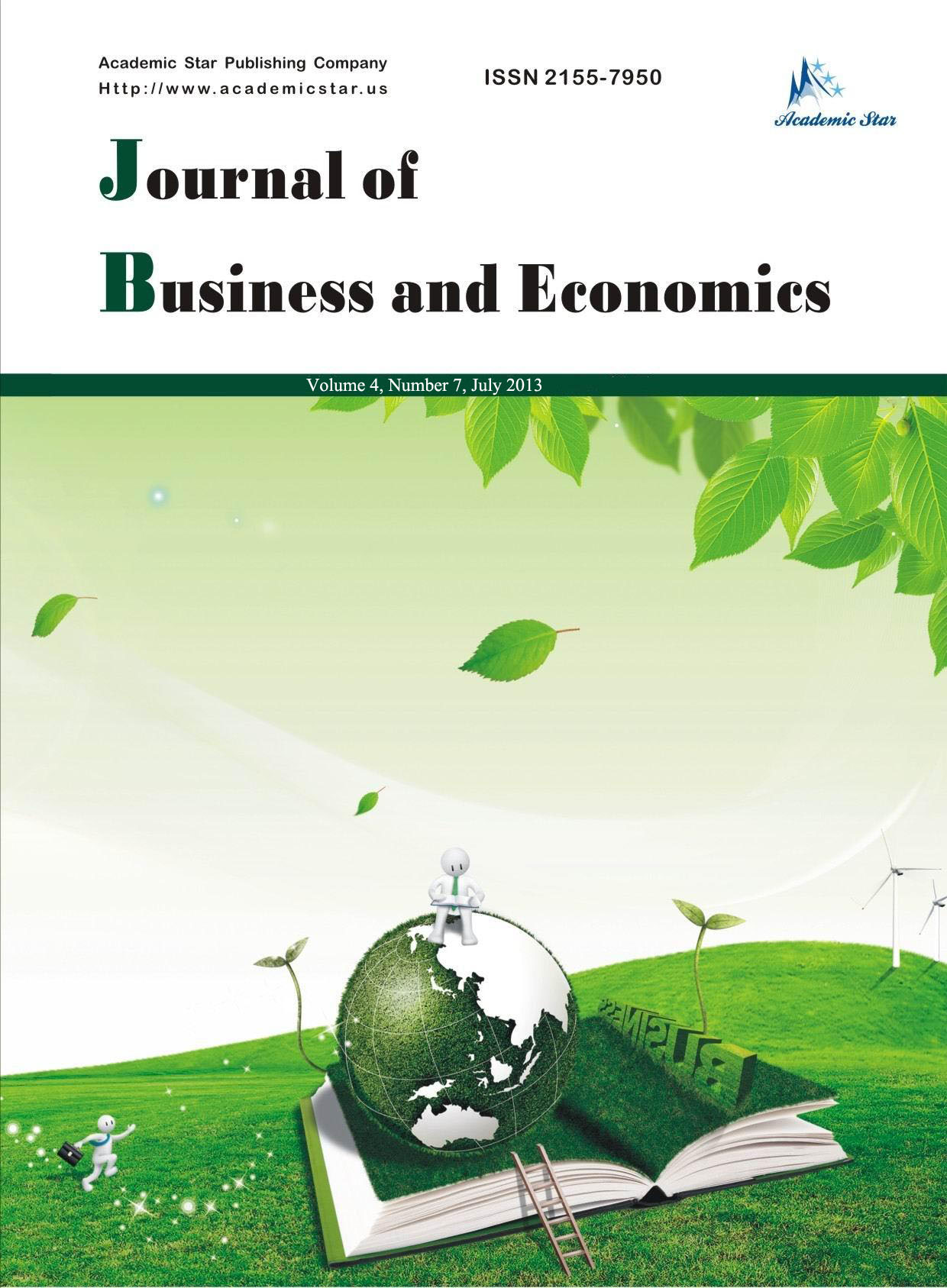Economics

- ISSN: 2155-7950
- Journal of Business and Economics
Comparative Advantages Evolution and Economic Development:
The Case of China
Chen Feixiang, Xiang Xunyong
(Shanghai Jiao Tong University, Shanghai 200240, China)
Abstract: Changes in comparative advantage are closely related to the corresponding stage of economic development, and in developing countries the dynamic evolution of export commodity comparative advantage can be reasonably analyzed and determined from two distinct levels: factors and products. Using data from the United Nations Statistics Division Com-trade database from 1998 to 2008, this thesis adopts the Normalized Revealed Comparative Advantage (NRCA) index to conduct an empirical survey of the dynamic evolution characteristics of Chinese exports’ comparative advantage. The results suggest that China’s export commodity comparative advantage, from the macro perspective of factor endowment and after adjusting for the cross-border flow of production factors, is still largely attributable to the low-end labor factor, such that conflicts exist between export expansion and the structural upgrading of the economy. However, from the micro perspective of products, significant change in the comparative advantage model can be observed. This mainly presents as the rapid expansion of certain export commodities’ comparative advantages, pushed by the integration and further interaction of the labor factor with capital and technological factors. The upgrade of Chinese exports’ comparative advantages has reached a turning point. Therefore, an important and urgent question is how to fundamentally promote a benign interaction between export expansion and economic structure upgrading.
Key words: comparative advantage evolution; economic growth; factor or product level; structure upgrading
JEL code: F






